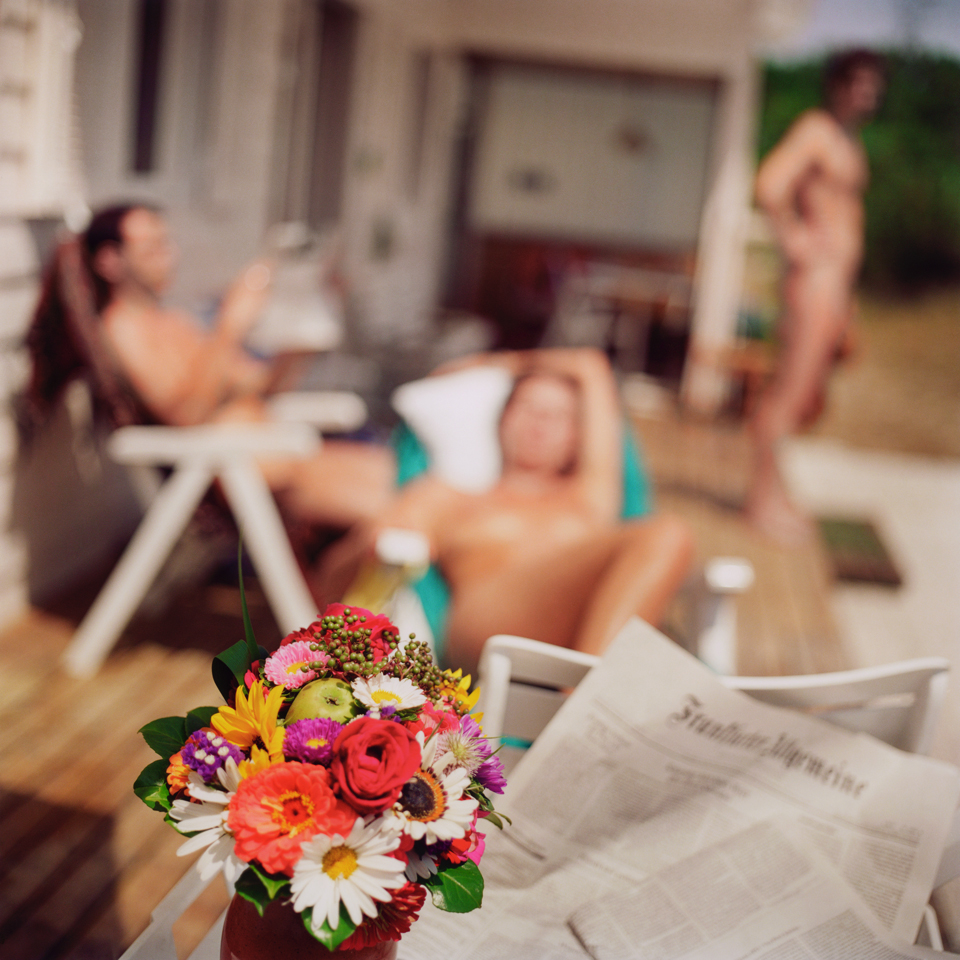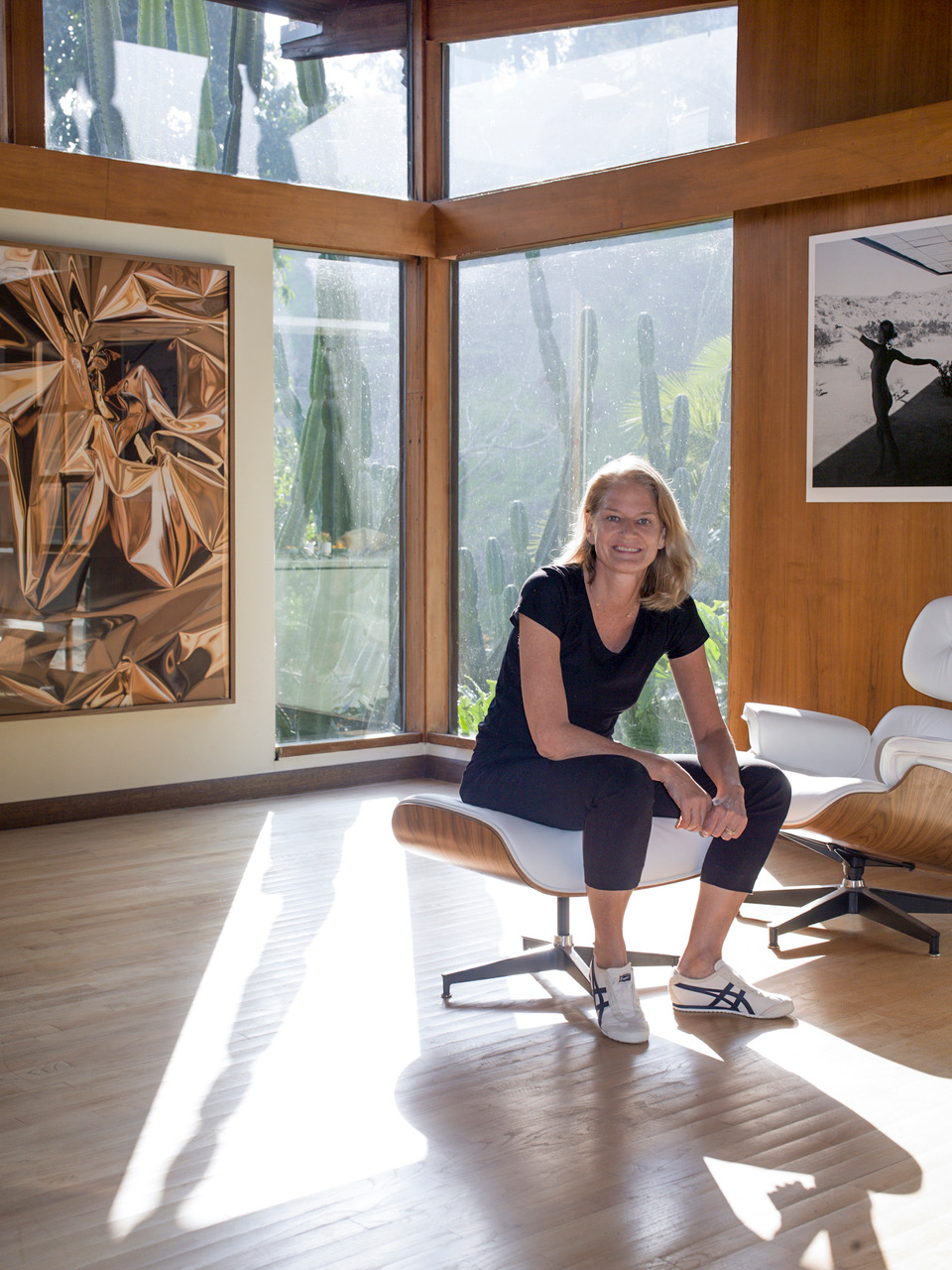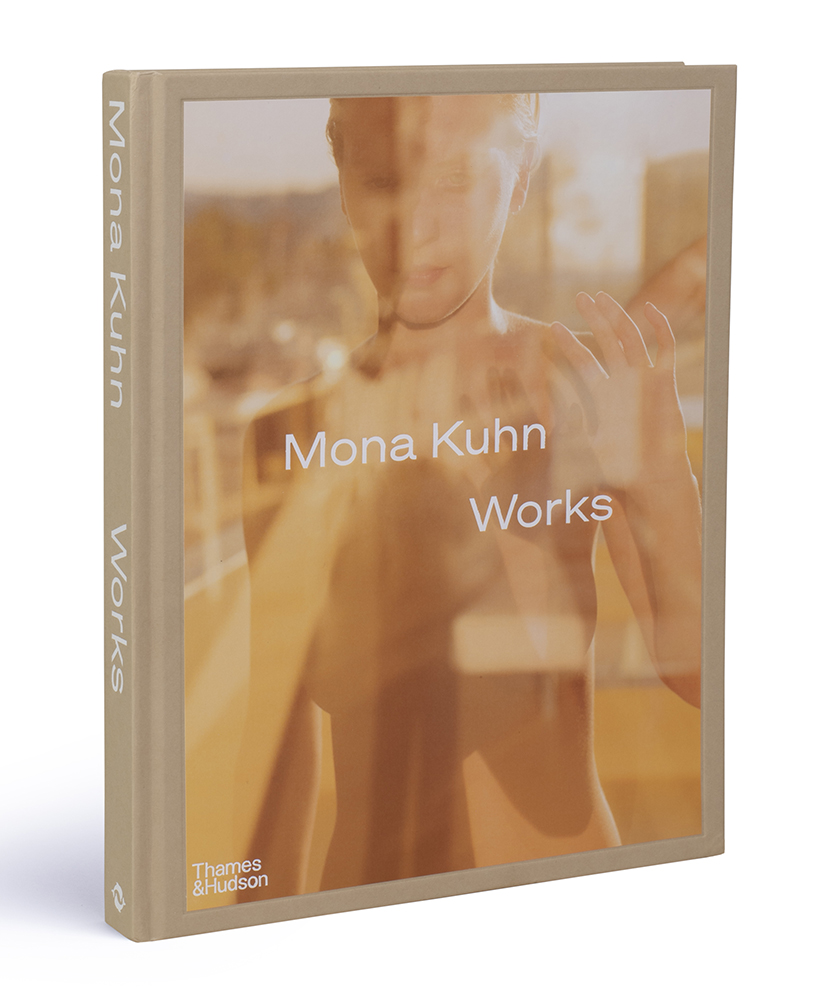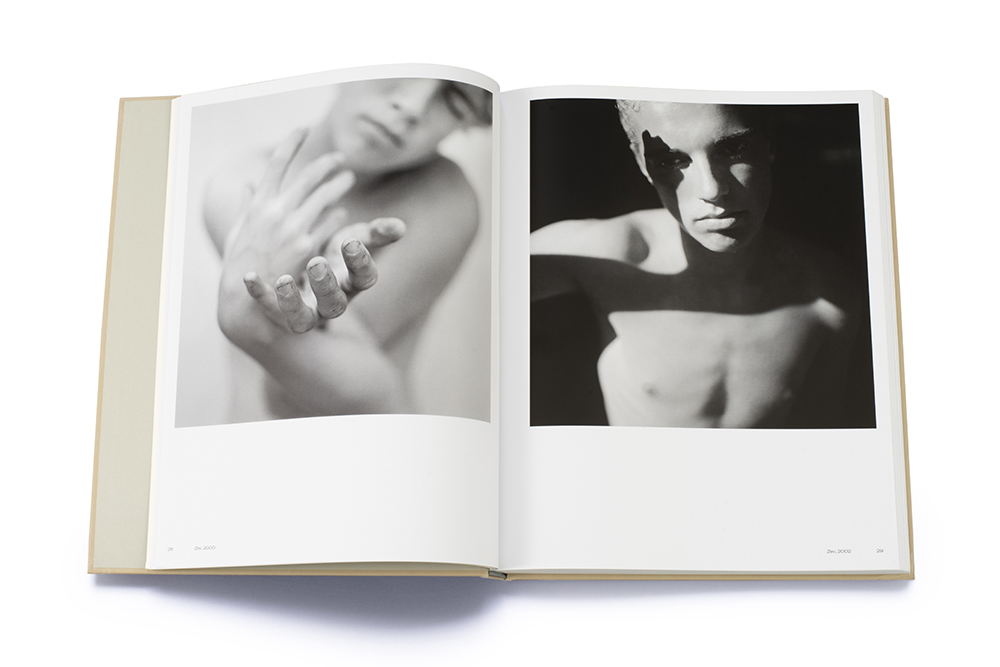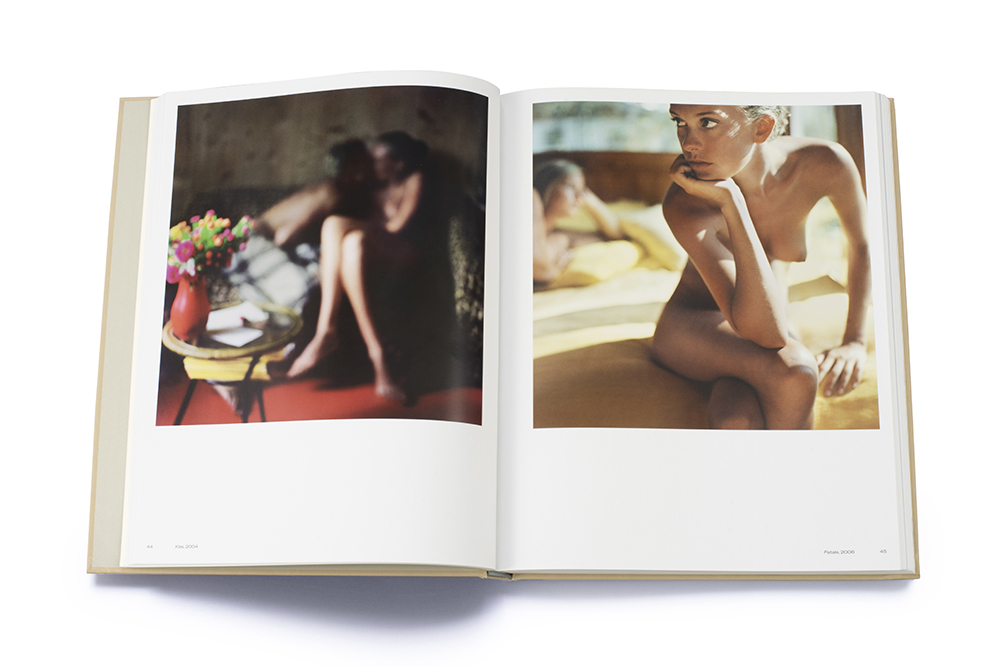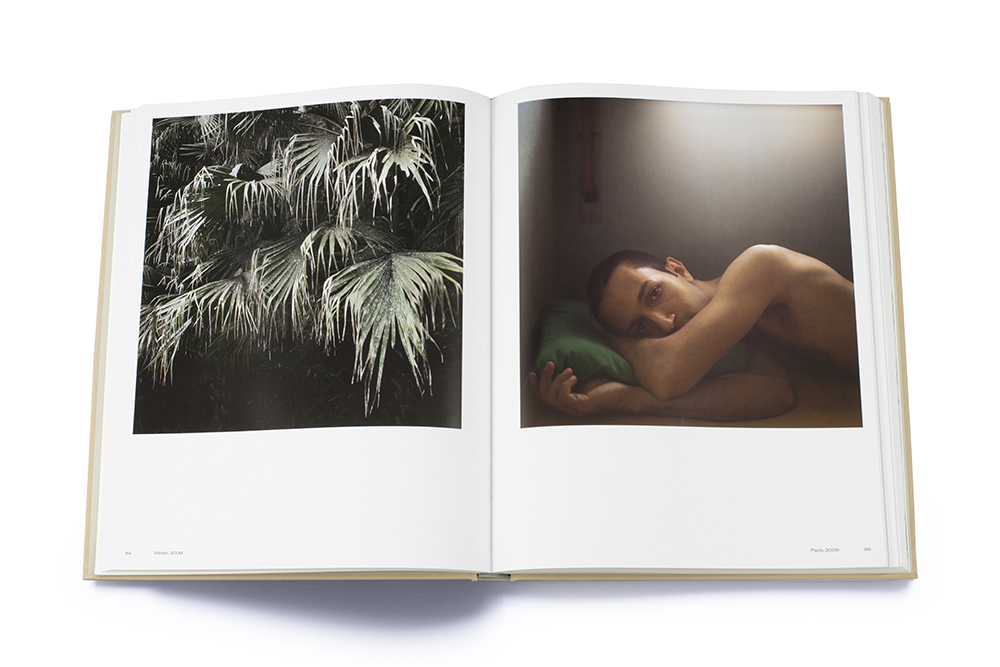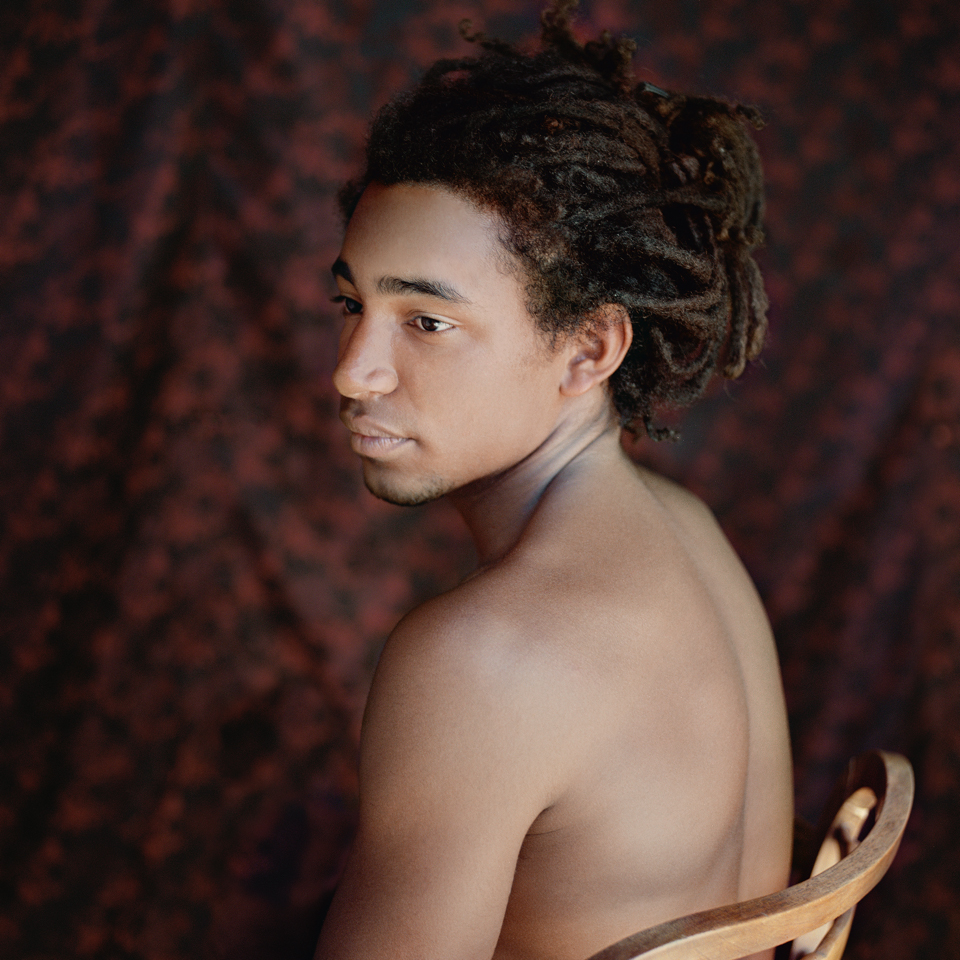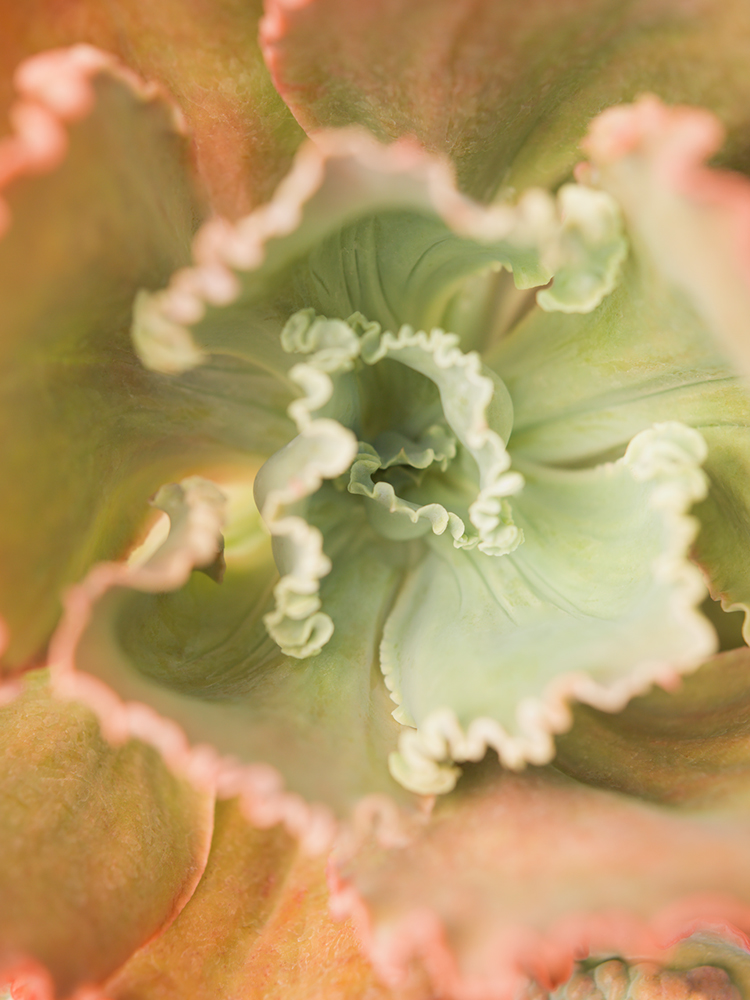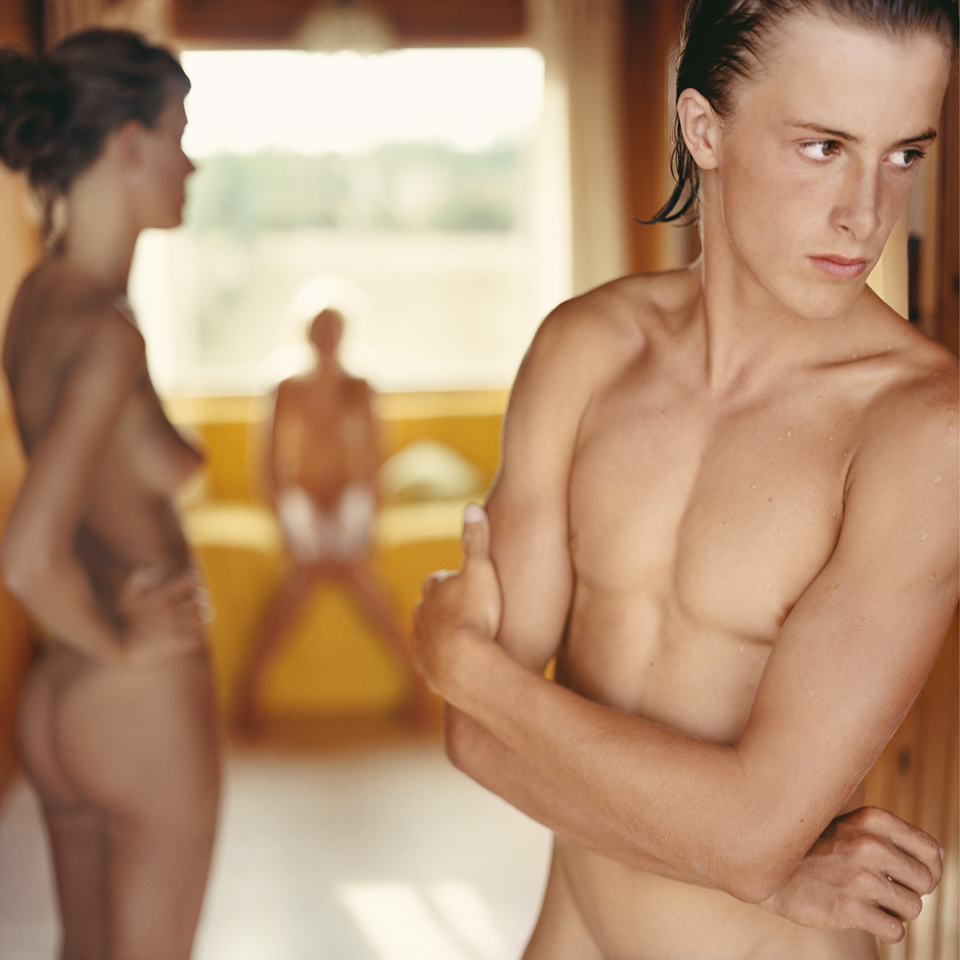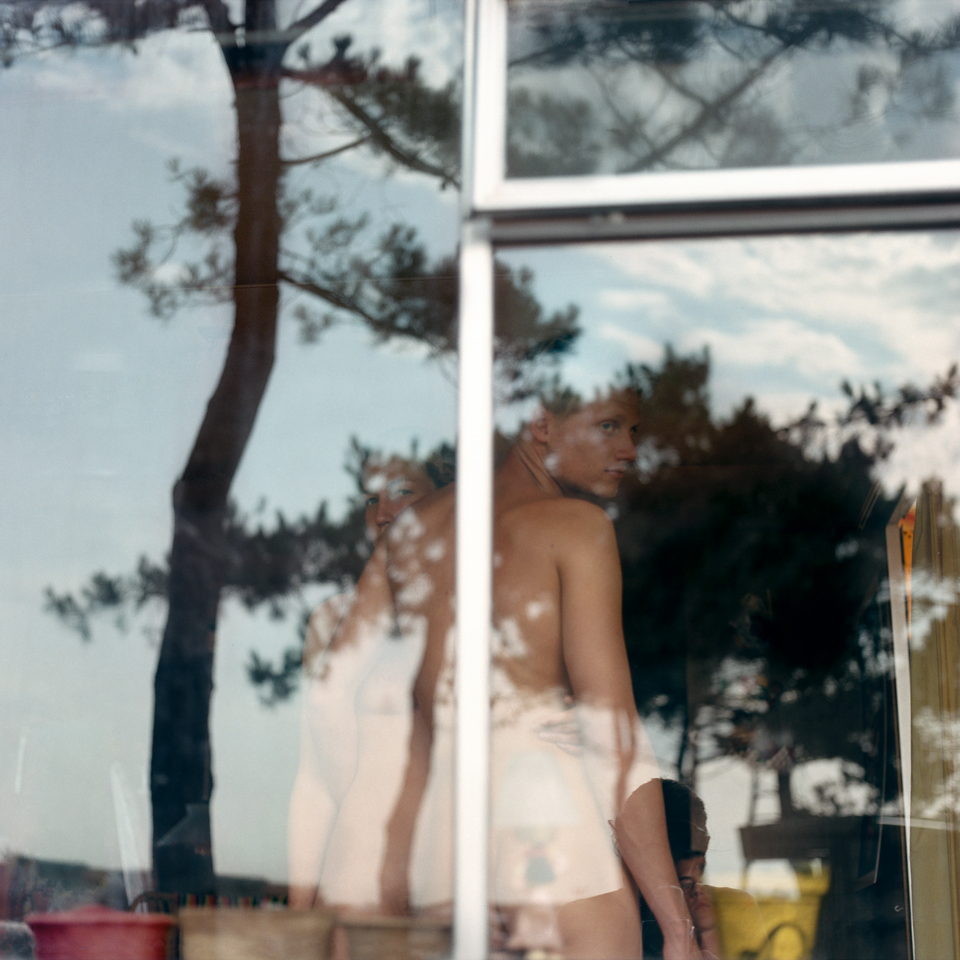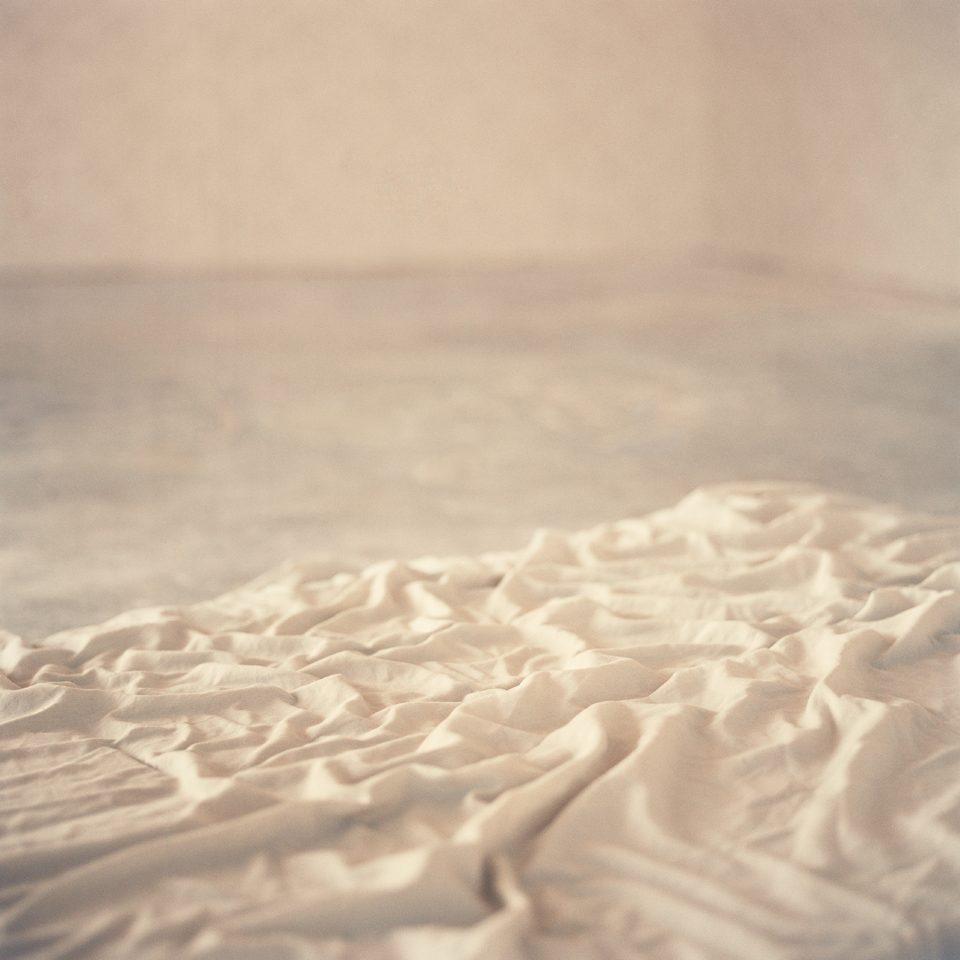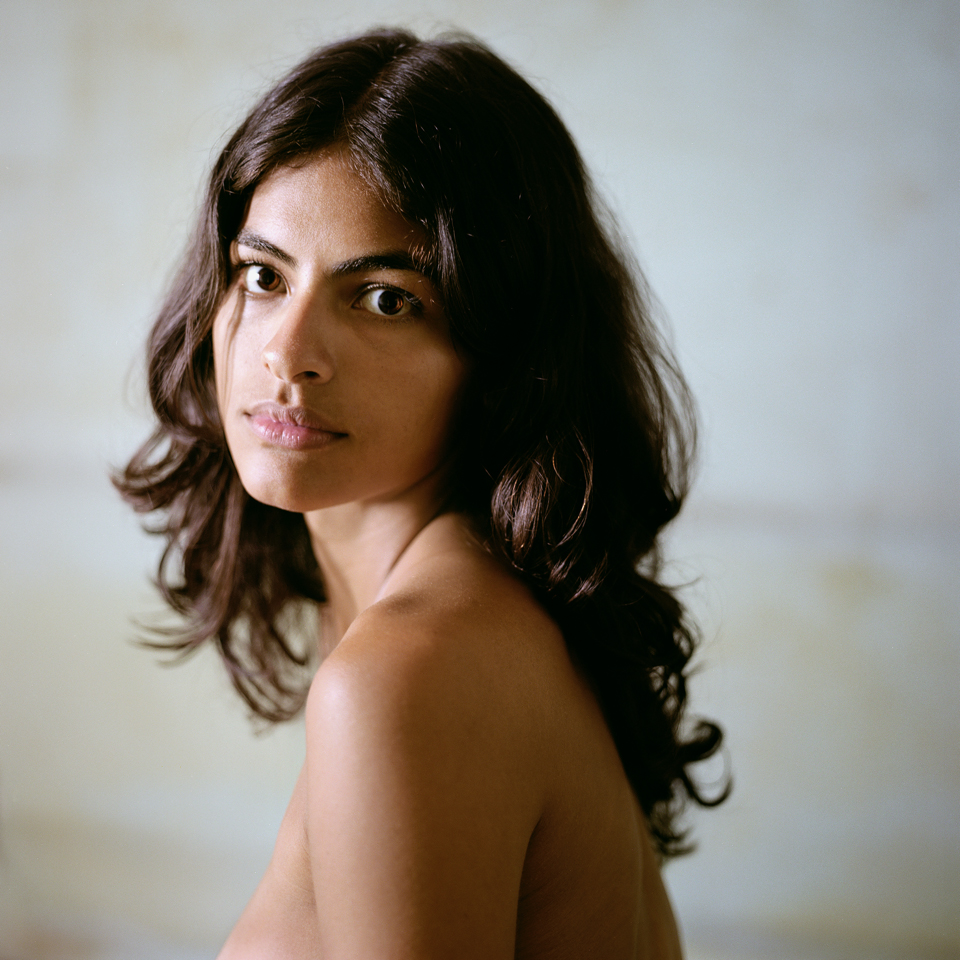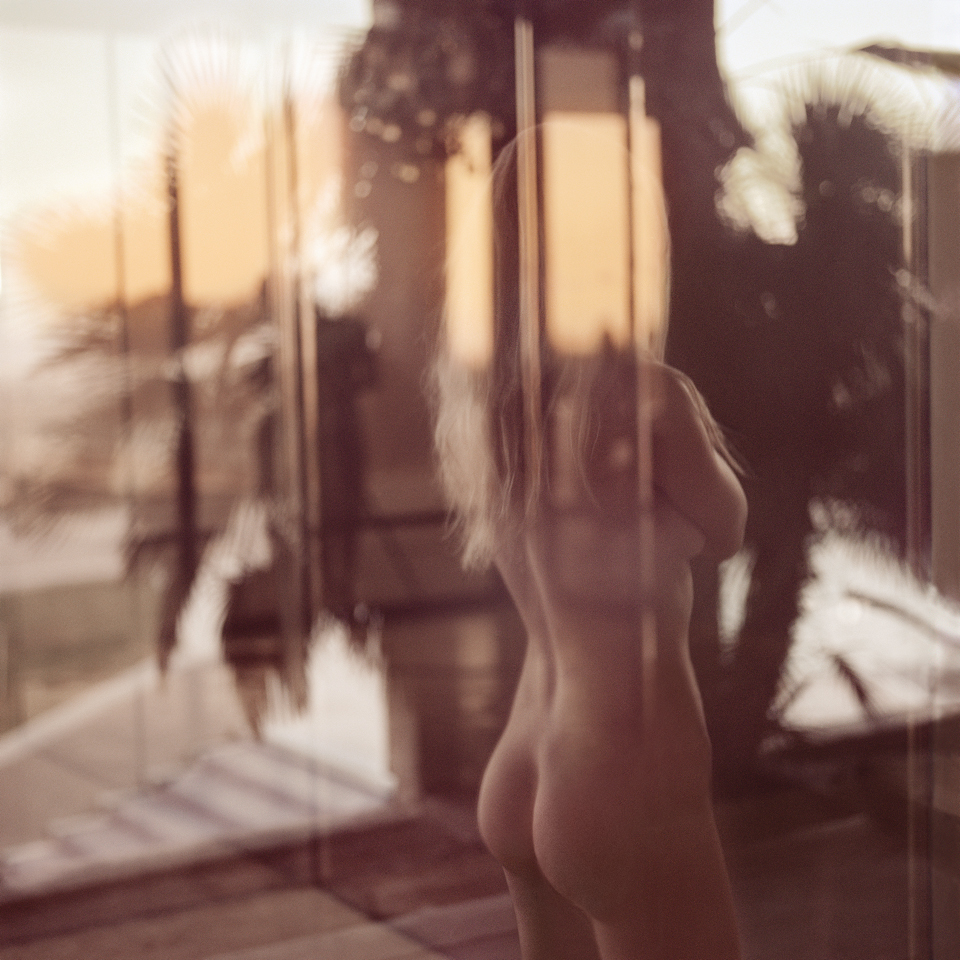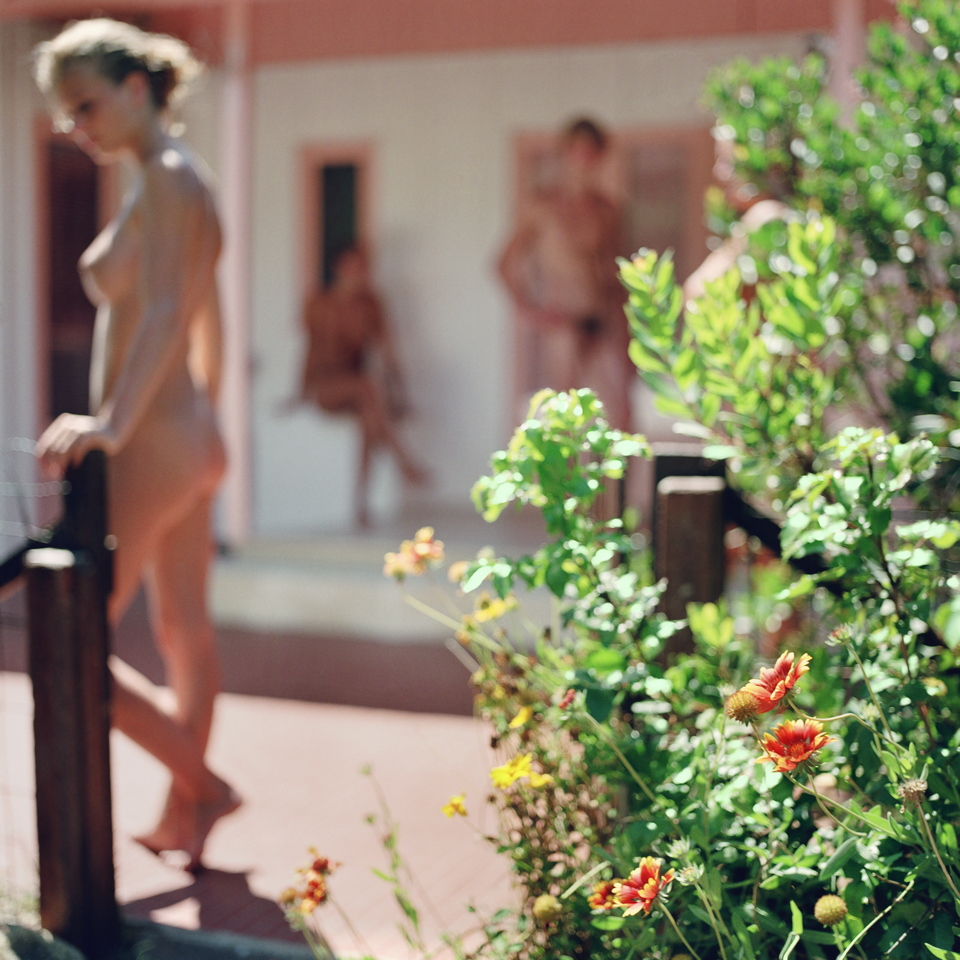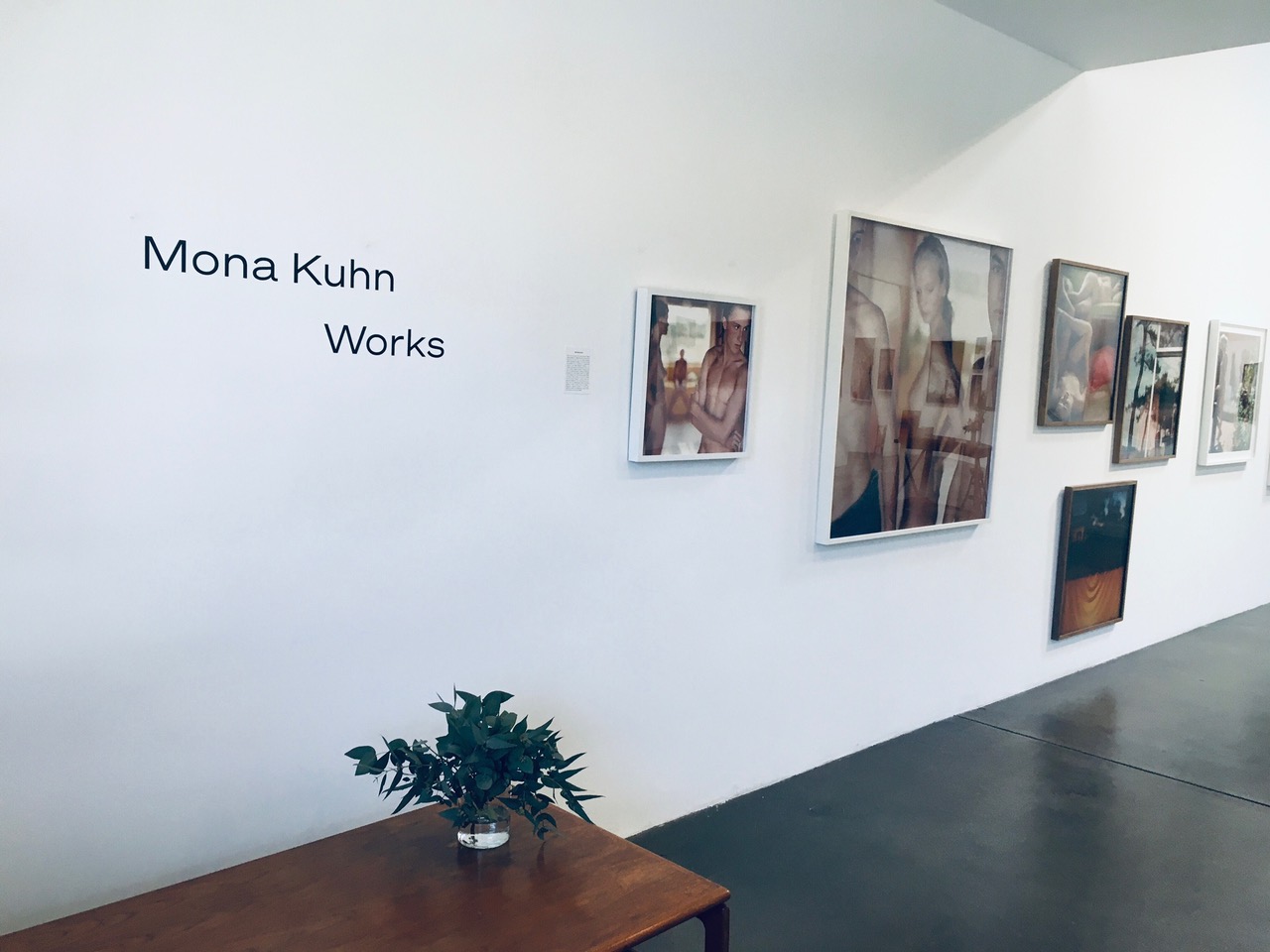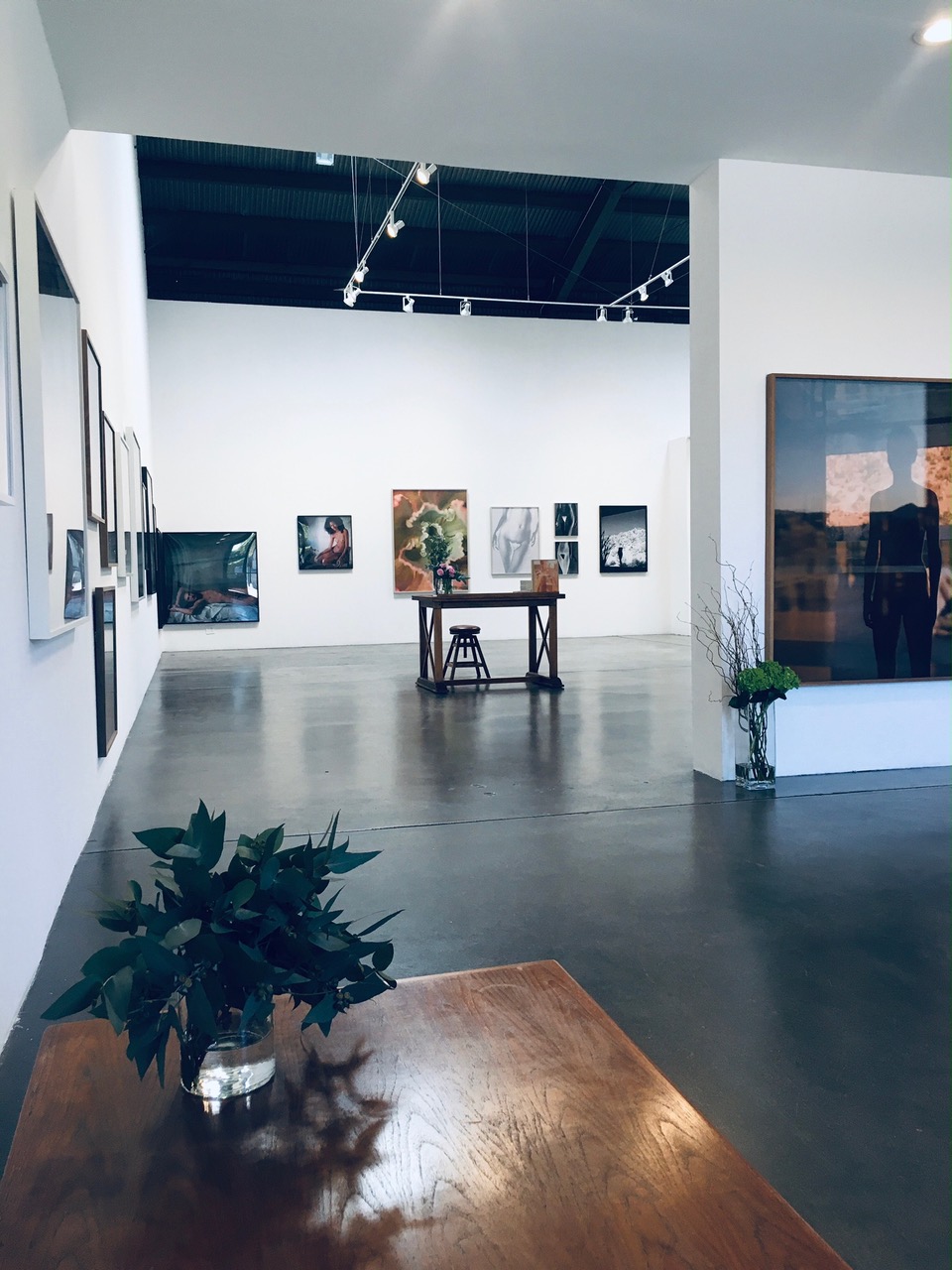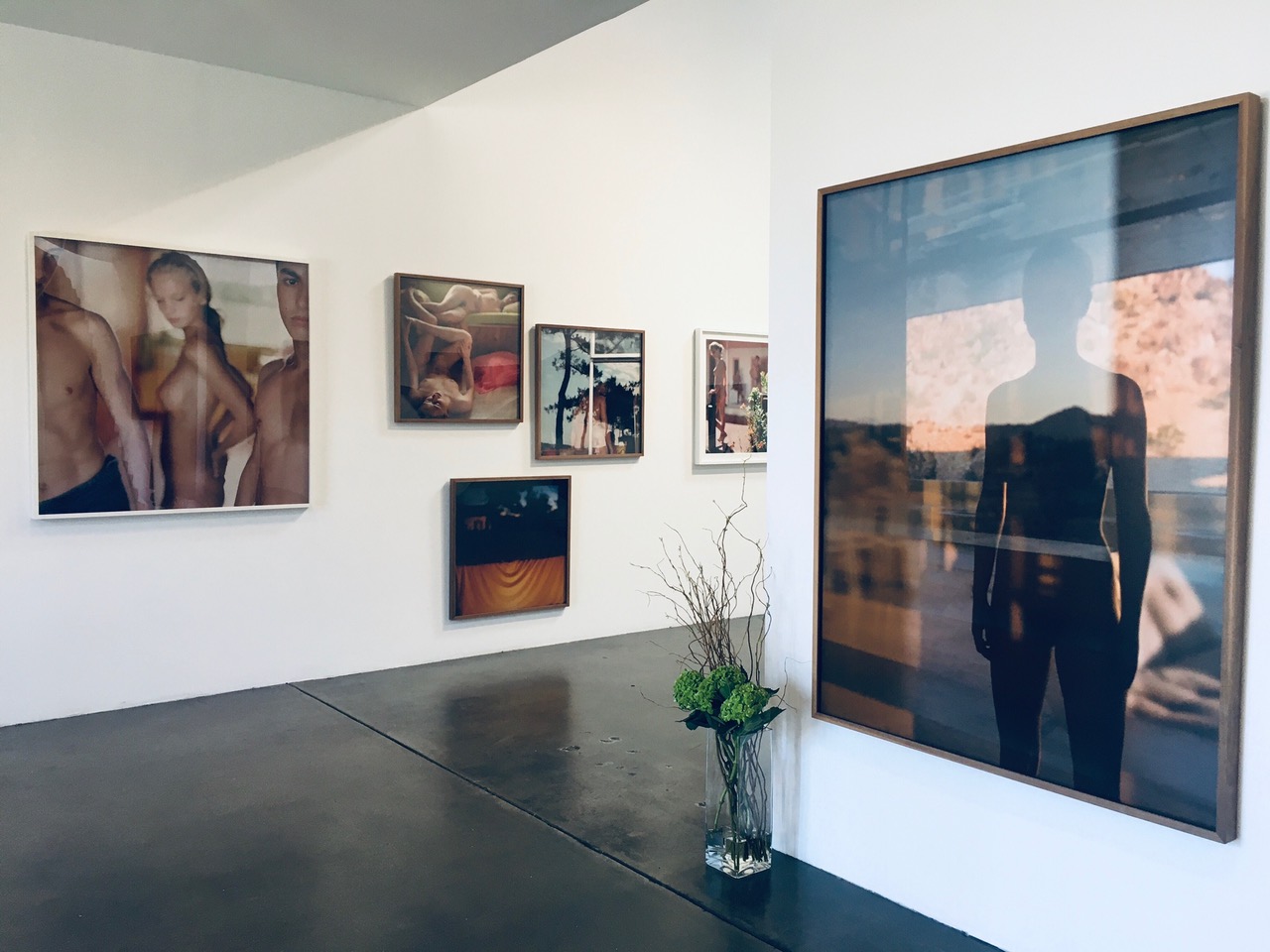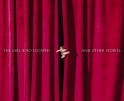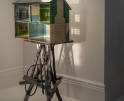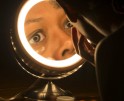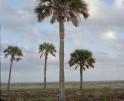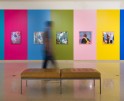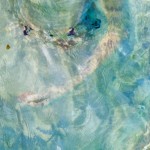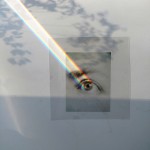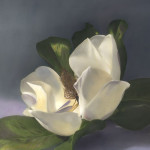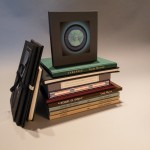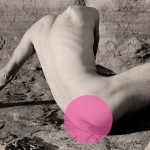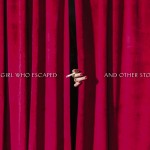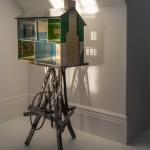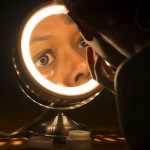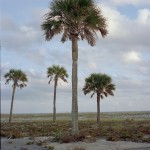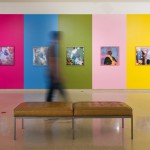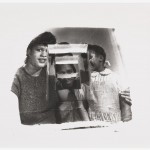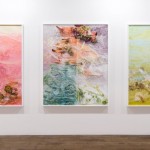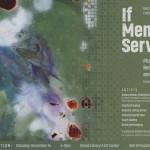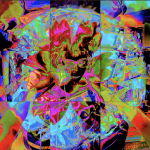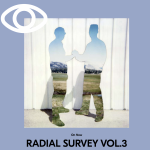Mona Kuhn: Works
After years of being a fan, I met Mona Kuhn at a gathering of photographers and we bonded over our love for the desert. Light is key in Mona’s work, which is fitting as she radiates a warm, bright light. Chatting with her is always a treat and there is no loss for words, so when Aline suggested I interview her for Lenscratch, I was in.
Mona’s current exhibition, Works, at Galerie XII at Bergamot Station in Los Angeles coincides with the release of her retrospective monograph, Mona Kuhn:Works, published by Thames and Hudson. The exhibition runs through July 3rd and features work from six of her series, giving the viewer a chance to see the progression of her artistic métier. If you’re lucky enough to see the show and even luckier to catch it when Mona is there, she’ll talk you through it in her breezy, concise (and fun) way that will bring you deeper into the images from the series; Evidence, Native, Bushes & Succulents, the Bordeaux Series, Private, and She Disappeared into Complete Silence.
Kuhn was born in São Paulo, Brazil, in 1969, of German descent. In 1989, Kuhn moved to the US and earned her BA from The Ohio State University, before furthering her studies at the San Francisco Art Institute. She is currently an independent scholar at The Getty Research Institute in Los Angeles.
Mona Kuhn’s first monograph, Photographs, was debuted by Steidl in 2004; followed by Evidence (2007), Native (2010), Bordeaux Series (2011), Private (2014), and She Disappeared into Complete Silence (2018/19). In addition, Kuhn’s monograph titled Bushes and Succulents has been published by Stanley/Barker Editions, with a debut at Jeu de Paume in Paris, in 2019. A stunning career retrospective of Mona Kuhn’s Works has been published by Thames & Hudson, Spring 2021. Kuhn’s forthcoming publication Kings Road, will be published and released by Steidl this Fall 2021.
Mona Kuhn’s work is in private and public collections worldwide, including The J. Paul Getty Museum, Los Angeles County Museum of Art, The Hammer Museum, Perez Art Museum Miami, Museum of Fine Arts, Houston, and the Kiyosato Museum in Japan. Mona Kuhn lives and works in Los Angeles.
Mona Kuhn: Works is the first retrospective by one of the most respected and widely exhibited contemporary art photographers at work in the world today. Over a career spanning more than twenty years, Kuhn’s underlying theme involves humanity’s longing for spiritual connection and solidarity. She is renowned for developing close relationships with her subjects, resulting in images of remarkable intimacy. Her use of playful visual strategies reveals glimpses into the psyche as it is expressed through the human form, ultimately reinterpreting the nude in the canon of contemporary art.
This new volume features images from throughout Kuhn’s career, including previously unseen work, with invaluable insights into Kuhn’s creative process and the ways in which she works with her subjects and settings, and achieves the visual signature of her imagery. Mona Kuhn: Works is an essential volume for anyone with an interest in the human form in contemporary art.
How do you think your early life in Brazil has affected your photography––the light, the colors, the subjects, and your artistic sensibility?
I grew up with a wonderful sense of freedom in a Latin country, where family and relationships are the center of life. From the very beginning, I always enjoyed being surrounded by friends, it always brought a lot of joy and sense of belonging. And as a teenager, I would often ride the bike around the neighbourhoods, rallying friends to come out and play. Children had a lot more freedom back then, during the 70’s, and my childhood was filled with unsupervised moments. It gave me, early on, a strong sense of independence and self-reliance. That easiness with people, and the acceptance of each other as we are, probably played a strong role in how I go about my life and bring into my works today. In regards to the light and colors, the Brazilian sub-tropical vibe seems to quilt them together, and that will always be there with me.
I moved to the US when I was 17 years old to attend college. During those years, I grew an appreciation for the U.S: from the mid-west places in Ohio and Minnesota, where I lived during college years, to San Francisco where I enjoyed 12 years of subculture right after college. In the last 15 years, I’ve lived in Laurel Canyon, in Los Angeles. I moved here for the art scene and its independence from the East Coast, and for the light.
I’ve heard you say that your subjects are like family to you. Have you ever thought to photograph your own family in your work?
Yes, I have thought of it quite a bit, and have photographed them sporadically, and the family folder is growing with some very interesting images. The hardest part for me, being my immediate or extended family, is to separate myself from the work just enough so that I am able to set aside a portrait of someone I love, that being a father or a close friend, from an image that might carry more universal meanings and bring deeper visual metaphors. That is the hardest part of editing my works, and it takes time. But circling back to your question, one of my wishes has been to photograph my mother as a young woman before she became a mother. Maybe another time 😉
Light, architecture, and the human body are key elements in your art. Was this a conscious choice from the start and what were the beginnings of these interests?
Light and human body have been the foundation of my works and elemental questions about life. I first noticed my shadow while standing, and that simple understanding became the philosophical base of my works. As for architecture, that came in more recently during the series She Disappeared into Complete Silence. My main intent was to expand my visual vocabulary in relation to representation. I wanted to abstract the body and photograph a single person, coming and out of view, at times overexposed, at times refracted, at times wearing shadows, like a desert mirage, a solitary figure who could have been the very first or last. And for that series, I found a minimalist structure, a glass house with mirrors in the middle of the wide and bare desert landscape, away from everything, that worked perfectly as an extension of my own camera. It was the perfect setting to abstract thoughts, and architecture is a reflection of that.
Producing a retrospective book is always daunting and you managed to do this during a pandemic and with a full schedule. What were the main challenges and joys?
The biggest challenge was to find a way for the publisher, book designer, editor, and production team to work together. The pandemic forced us to go online and make decisions over screens, instead of in person. I am grateful to the Thames and Hudson team for guiding me along the way and pulling it thru without schedule interruptions. I can tell you that I learned a lot from them. And the most rewarding aspects was that for the first time, I was able to have much longer conversations with the writers, resulting in much deeper texts. We would meet for tea over zoom and enjoy long conversations, not just about my works, but about life and everything that we were experiencing at that time, so the relationships grew naturally stronger.
We learned more about each other, and that is always a joy!
I know you’ve recently returned to the darkroom. Are you planning to spend more time there?
In the last year, I returned to the darkroom for the very first reason I felt in love with photography: the latent image. I was looking for yet another way of abstracting representation. That lead me to study the 1920s surrealist photographers, I wanted to explore the ethereal quality of solarization, a process that unites photography with sketching, in which the subject seems underlined by the alchemist’s pencil. The process is complex and uncertain using present-day materials. Imagine trying to capture the essence of a complicated perfume that, once you open its delicate flask, vanishes right before your eyes. It took a lot of testing, and the result is a series of unique prints created from negatives, revealing layers of silver glow in the form of crystalized magic.
Galerie XII Los Angeles was founded by Valerie-Anne Giscard d’Estaing in 2018. The LA gallery is the brand’s third international space, following the debut of Galerie XII Paris in 2007 and Galerie XII Shanghai, which opened in 2017. The galleries have showcased the works of top international photographers including Willy Ronis, Guy Bourdin, William Claxton, Benno Graziani. Jean-Marie Périer, Anja Niemi, Mona Kuhn and Paolo Ventura. The editorial line of Galerie XII Los Angeles centers on contemporary figurative photography and its programming aims to exhibit established European and Asian photographers and artists who have not previously shown on the West Coast. The gallery organizes five or six solo exhibitions each year and participates in several art fairs. Galerie XII Los Angeles is located at the Bergamot Arts Center, 2525 Michigan avenue, Santa Monica, CA 90404.
Visual artist, Nancy Baron, was born in Chicago and is now based in Los Angeles and Palm Springs, California. In her fine art documentary photography she uses portraits, landscapes, and architectural photographs to record the world nearby with a hopeful bias. Her background in filmmaking, including the documentary form, has inspired her to honor the still image, while giving it a cinematic tone.
Nancy’s prints have been shown in group and one-person exhibitions internationally and are held in public and private collections.
Baron’s two monographs, The Good Life > Palm Springs and Palm Springs > The Good Life Goes On are published by Kehrer Verlag and are held in the collection of the Library of Congress and in various museum libraries, including MOMA, LACMA, the Getty, The Center for Documentary Studies at Duke University, and The Harry Ransom Center at the University of Texas, Austin.
Nancy’s third monograph, Palm Springs Modern Dogs at Home, was published by Schiffer Books in September, 2020.
Posts on Lenscratch may not be reproduced without the permission of the Lenscratch staff and the photographer.
Recommended
-
Broad Strokes III: Joan Haseltine: The Girl Who Escaped and Other StoriesMarch 9th, 2024
-
Pamela Landau Connolly: Wishmaker and The Landau GalleryFebruary 27th, 2024
-
Janna Ireland: True Story IndexFebruary 17th, 2024
-
Richard McCabe: PerdidoJanuary 7th, 2024
-
Aline Smithson: The Ephemeral ArchiveJanuary 5th, 2024

